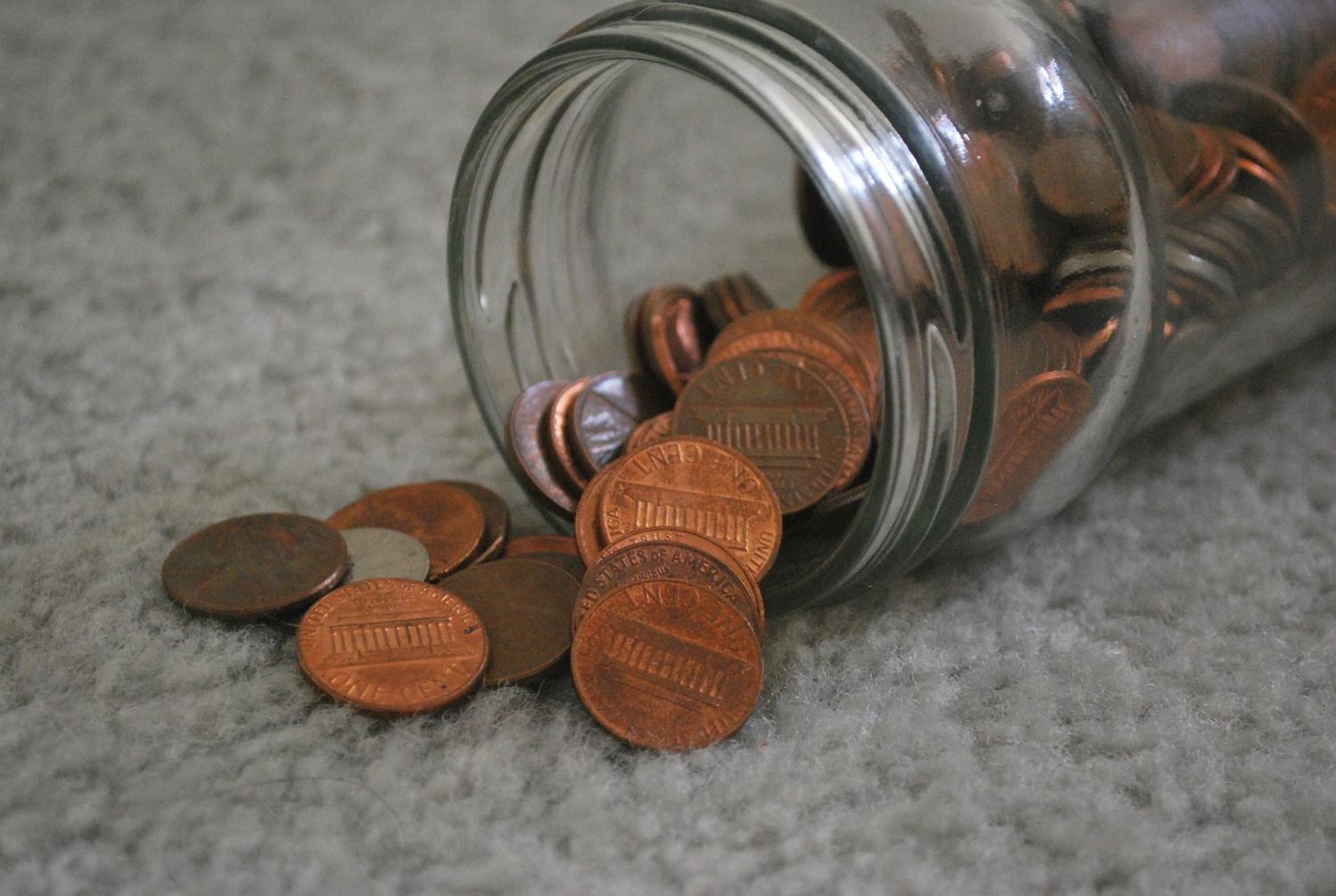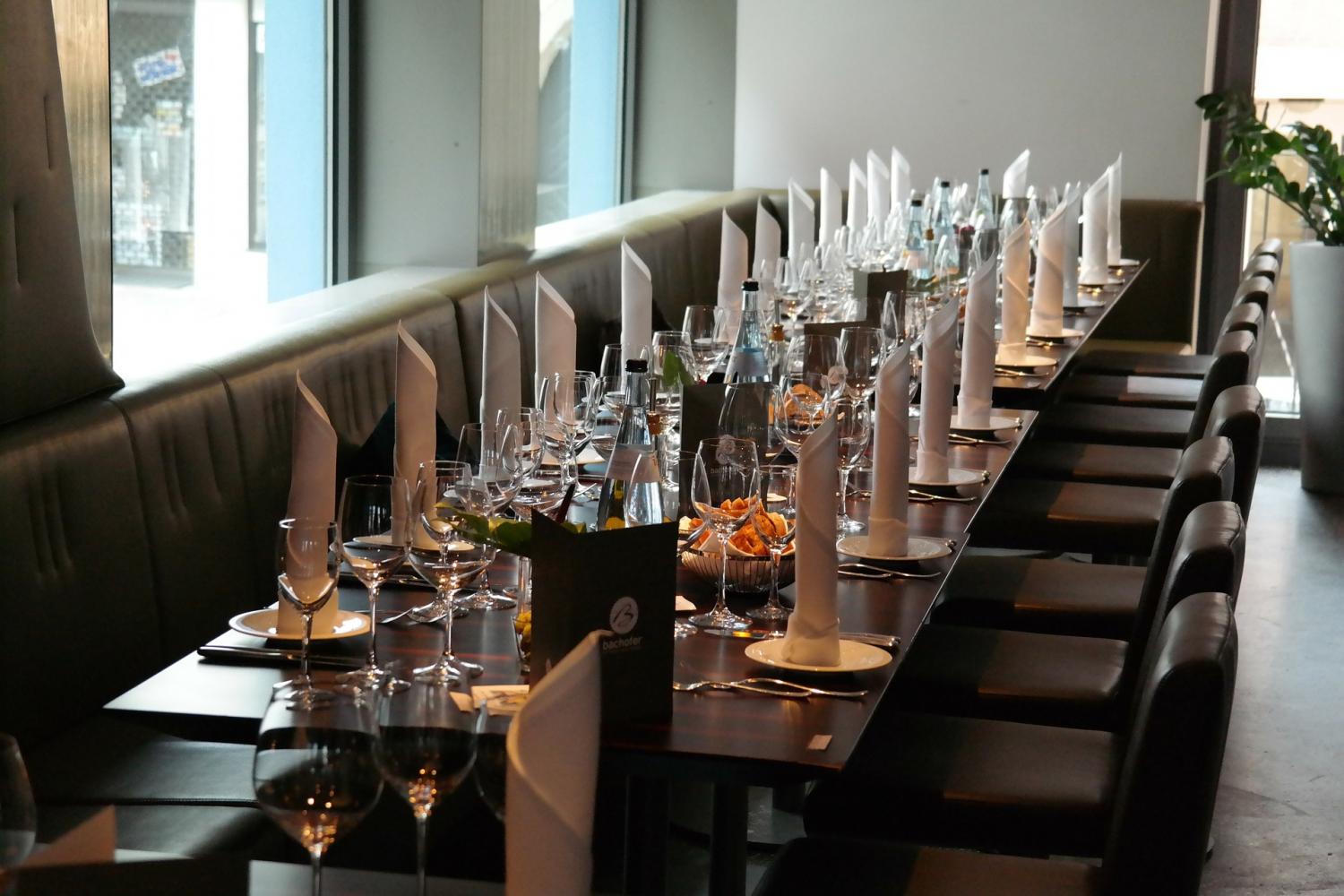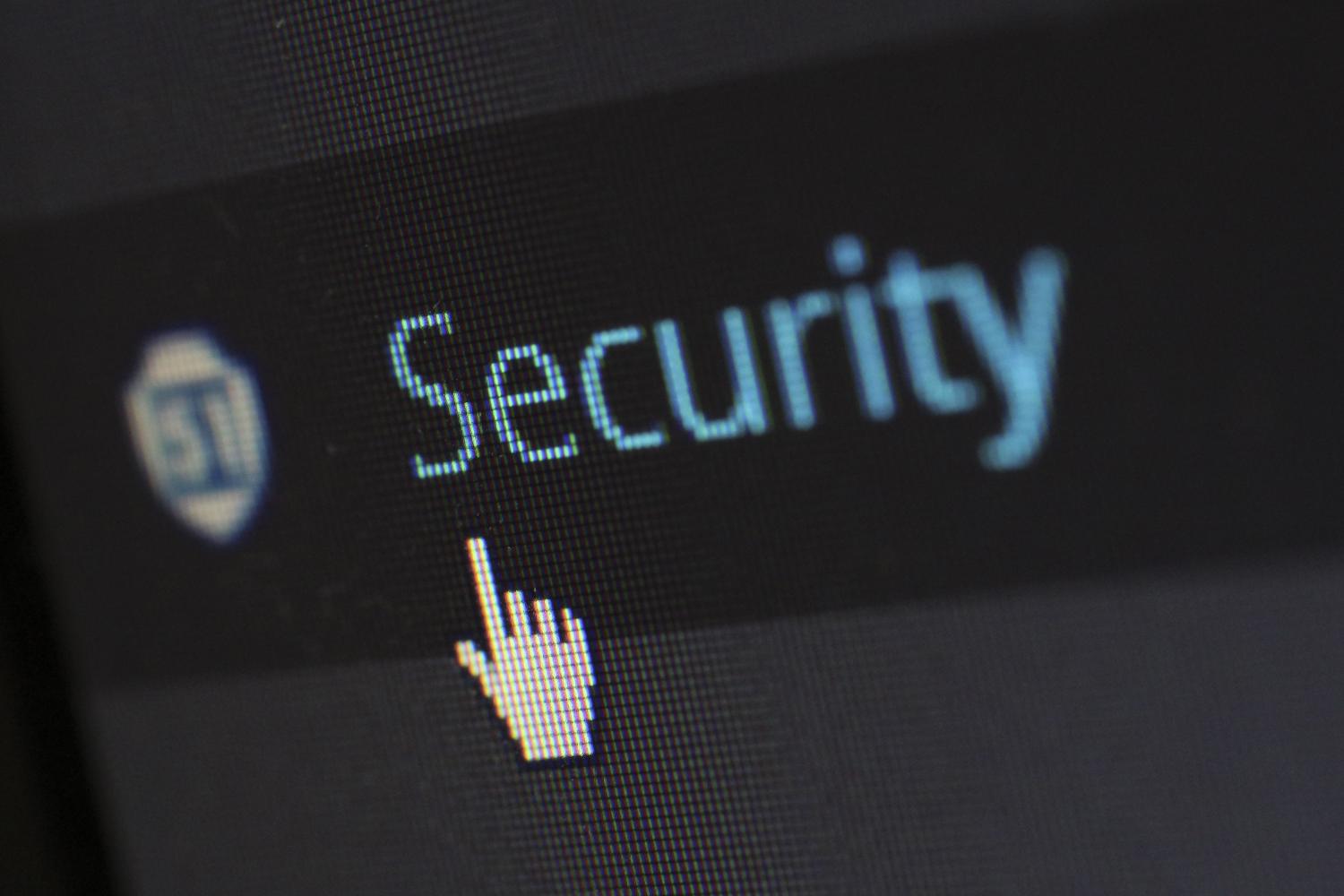
Tipping Etiquette 101
Tipping has always been a mystery to me. At the end of every restaurant experience, I have a moment of dread when the server brings the bill – how much do I tip? I never know if a dining experience has been pleasant because it was supposed to be, translating into some sort of average tip, or if I should have calculated each movement that my server made, which would work out to a magical percentage. The practice also seems to have a shroud of taboo surrounding it, making it difficult to ask questions openly. For those like me who have always wished they had clear direction on what kind of tip to leave, we explored local tipping culture to finally discover how much to tip and why according to servers themselves throughout Ottawa.
Servers, officially known as Liquor Servers, make a lower minimum wage. A server’s wage is currently $12.20 per hour, putting them in a precarious position where many rely on tips to make ends meet. This is often seen as a positive arrangement, encouraging the ultimate dining experience for customers, as well as allowing servers themselves to take hold of their own finances and receive direct benefits for the amount of effort they put into serving a table. Sometimes, however, this can get tricky when customers and servers have different expectations of service.
 Since there seems to be much confusion about how to tip, and why, we went to eat at various restaurants in Ottawa to chat with servers and see what they think.
Since there seems to be much confusion about how to tip, and why, we went to eat at various restaurants in Ottawa to chat with servers and see what they think.
Bruno serves at a breakfast chain in Gloucester. He feels that 15% of your bill is an average tip. When asked what would constitute a tip less than 15%, he suggested that if your server makes a major mistake in your order, you should bring the tip percentage down. Examples of major mistakes would be bringing you the wrong food, forgetting or mixing up an allergy request, or forgetting your order entirely. An increase in a tip would indicate that you were more than happy with the service. Here, Bruno discussed how a server can go above-and-beyond to make a customer’s experience positive. Picking up social cues, and catering to each diner’s mood is most important when looking for a larger tip in Bruno’s experience.
Kassandra serves at a steakhouse in downtown Ottawa. She finds that serving in the Byward Market is different from other parts of Ottawa because she often serves tourists, business people, and large parties rather than local diners. Tipping practices vary in different cultures, so many tourists will either not tip at all or tip beyond what’s customary. Business meetings often have a pre-set tip percentage that the company has allocated. Kassandra explained how serving at a high-end restaurant also requires extensive training and ‘quality assurance’, where staff strive to make every experience equally positive. This focus on equality of service allows for very little “above-and-beyond” behavior. Kassandra agrees with Bruno that an average tip is 15% of your bill, but she attributes any fluctuation in that to her guest’s life-experience –as a tourist, as individuals who work in the industry themselves, or as business diners on the company dime.
Sue is a restaurant manager in the west end of Ottawa. She explained that many servers tip out a percentage of their sales to other staff, including hostesses, runners, and sometimes cooks and dishwashers. While 15% of your bill seems to be accepted across Ottawa as an average tip, often only about 10-12% of it will go to your server. Sue’s servers tip out 3%. If we assume that all of Sue’s servers receive an average of 15% every night, that leaves them with $13 for every $100 table that they serve. At the risk of sounding like an elementary math book, these numbers have helped us understand this mysterious culture of tipping.
While the consensus on 15% being an average tip is practical and helpful, the biggest thing is not to be afraid to simply ask! Each business is different, so asking questions is the best way to find out how to tip.










